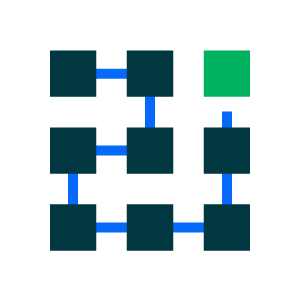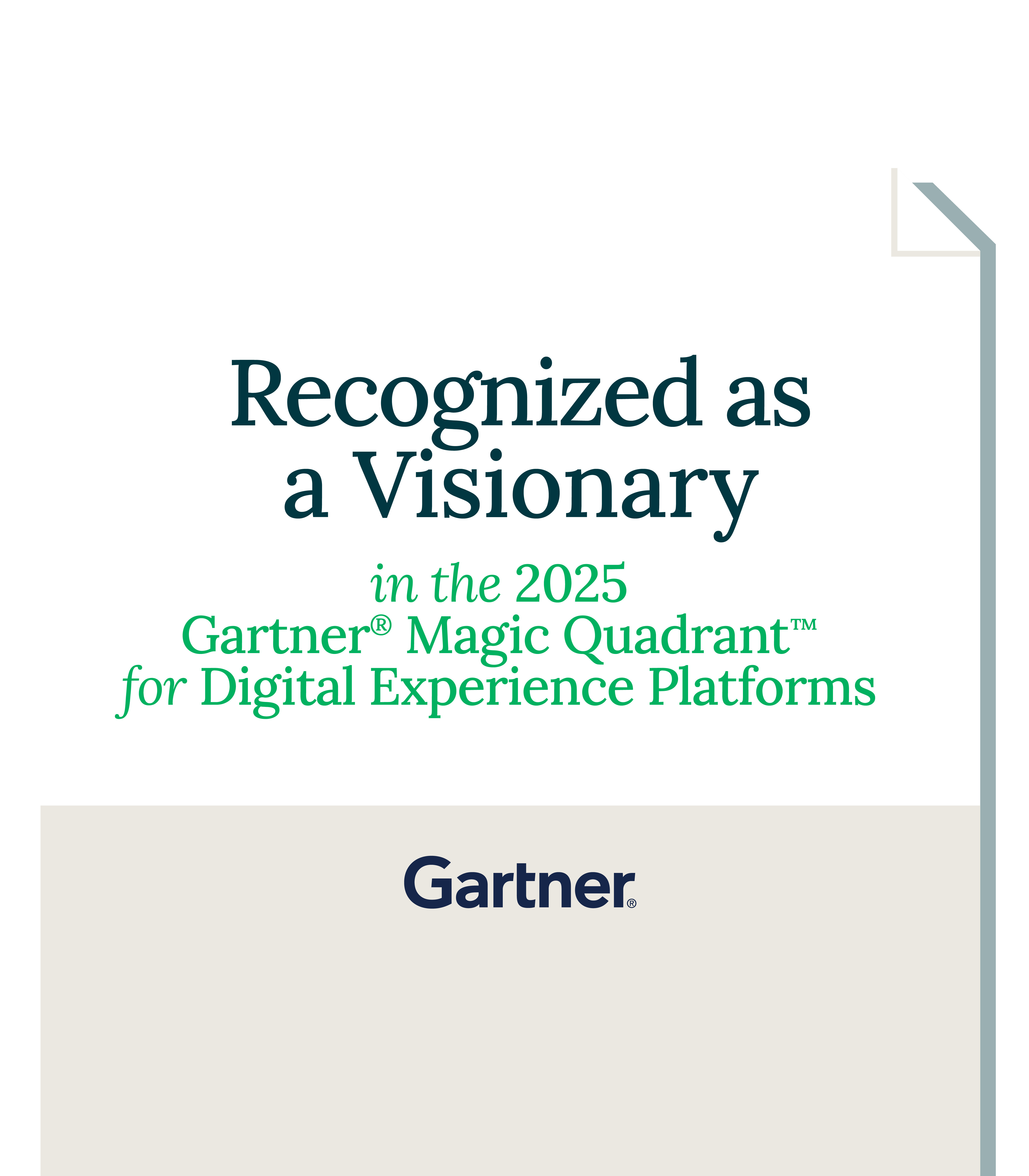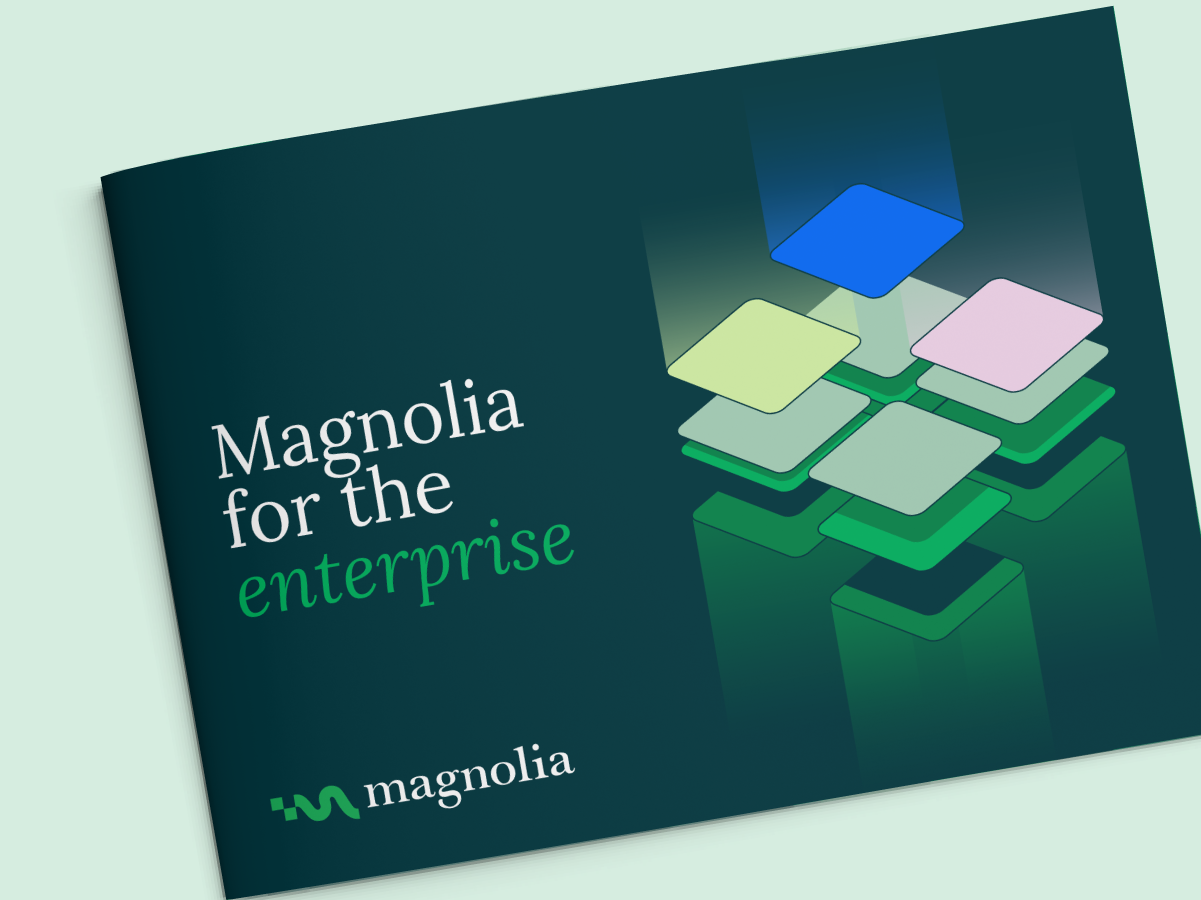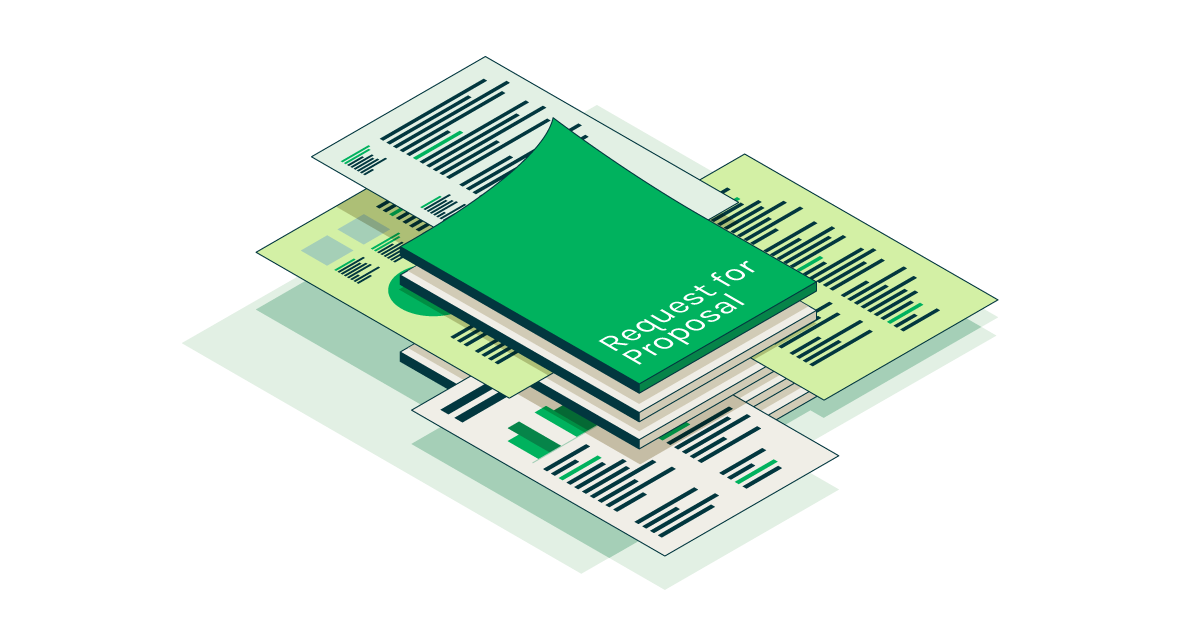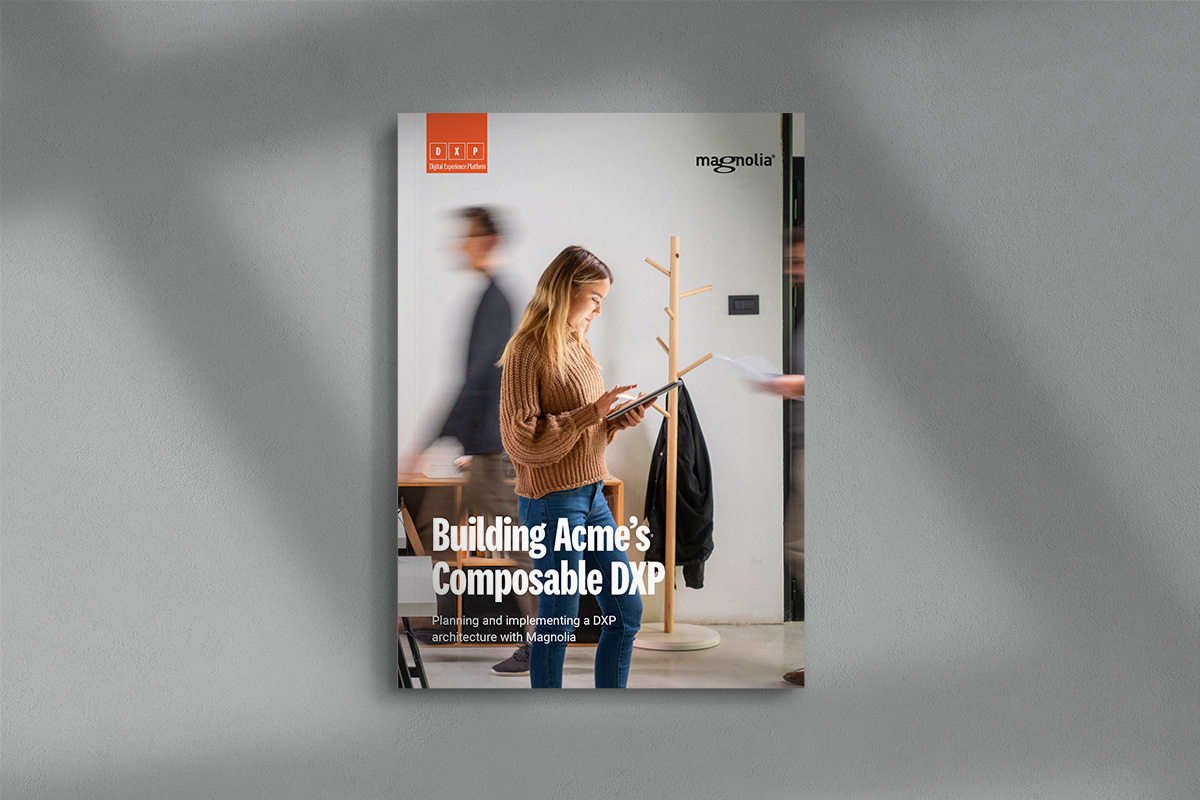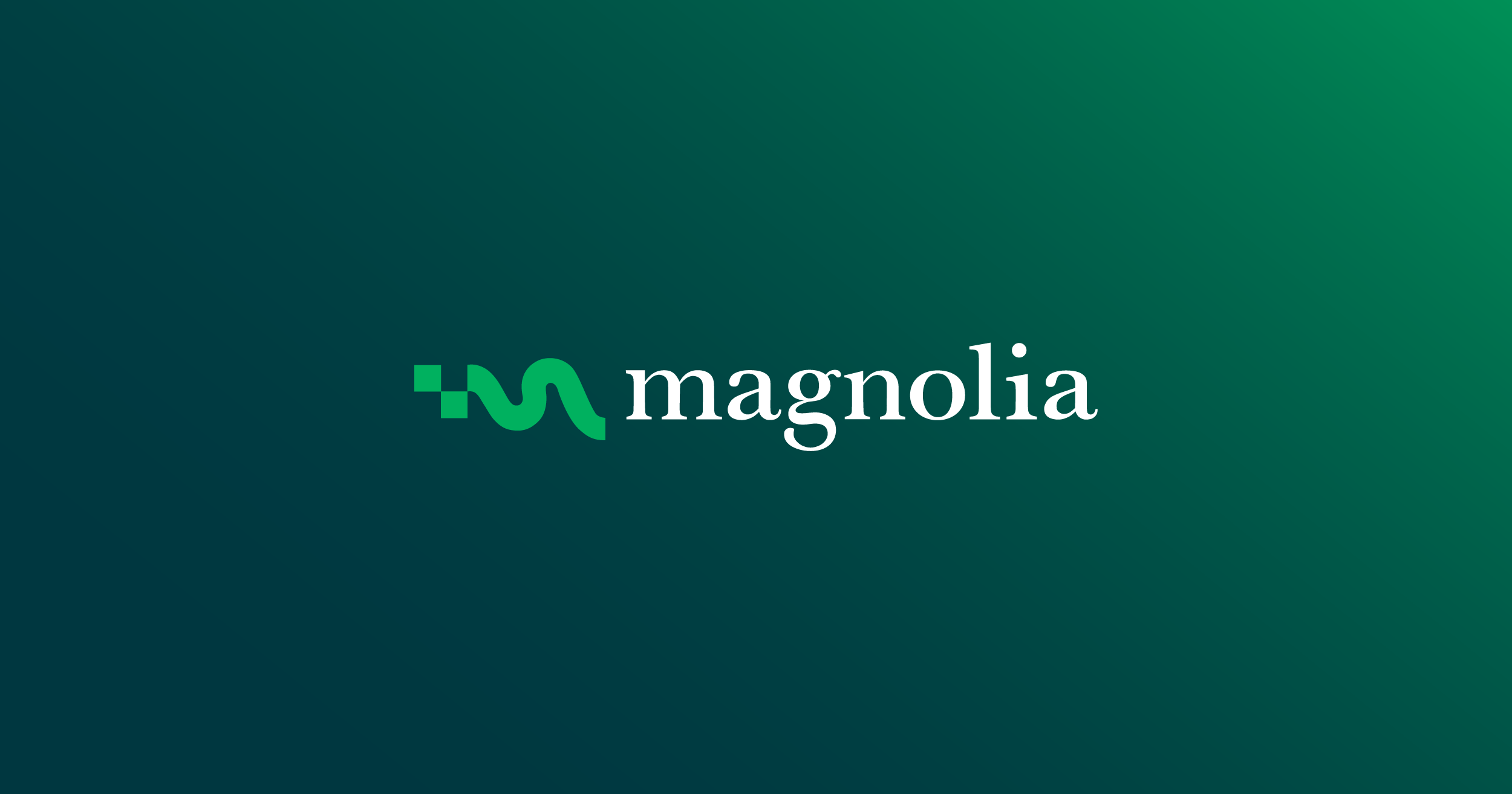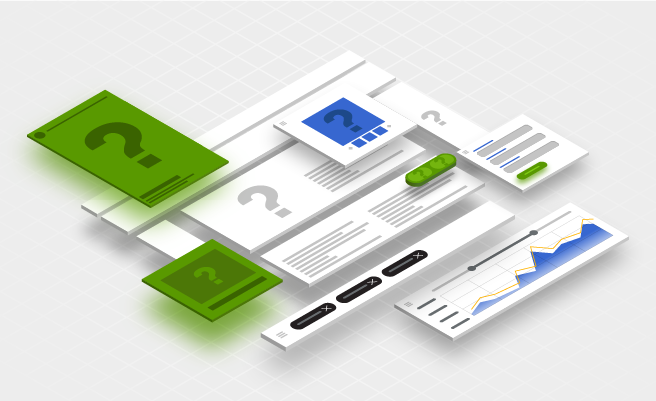What is a DXP?
A Digital Experience Platform (DXP) is a set of integrated technology components that together provide the tools and capabilities to create, manage, and deliver content and experiences across digital channels and touchpoints in a consistent, unified way that allows developers and non-technical users, for example, marketing teams, to collaborate.
A composable DXP is built using a modular architecture, enabling organizations to adapt their digital strategy and execution to changing user behavior and customer needs.

Construir una DXP componible
Una DXP requiere de los bloques de construcción adecuados, así como de un framework de integración que agilice la gestión de la experiencia digital al orquestar cómo los diversos componentes interactúan entre sí para brindar experiencias optimizadas y personalizadas a los usuarios finales a través de los puntos de contacto en el customer journey del cliente.
Para reducir su complejidad, hemos desarrollado un framework de DXP que divide la DXP en 3 capas con 4 bloques de construcción cada una, lo que facilita su comprensión y diseño. Los bloques de construcción te permiten comenzar poco a poco sin perder de vista el crecimiento futuro, lo que ayuda a expandir las capacidades de la DXP a medida que aprendes y creces.
Aunque es posible que aún no tengas una DXP completa, probablemente descubrirás que ya dispones de muchos de sus componentes en tu panorama tecnológico. El framework te ayudará a tener una imagen integral e identificar posibles brechas en tu plataforma.


Capa de experiencia
Buscar y descubrir
Información localizable incluyendo SEO
Composición y entrega omnicanal
Entrega de la experiencia en múltiples canales y dispositivos, con automatización de la entrega
Internacional y personalización
Personalización y contextualización a partir de datos, con segmentación y contextualización de los puntos de contacto
Gestión de aceso y perfiles
Gestión del registro y el perfil de los clientes

Capa de gestión
Gestión de campañas
Comunicación de marketing a través de múltiples canales, incluyendo web, correo electrónico y dispositivos móviles
Gestión de contenido
Gestión de la experiencia, repositorio central, CMS headless y gestión multisite
Gestión de colaboraciones y workflows
Comunicación y colaboración entre distintos departamentos, flujos de trabajo operativos y de aprobación
Analíticas y optimización
Analíticas e inteligencia empresarial, pruebas A/B/n y mapeo del customer journey

Capa de infraestructura
Despliegue
Modelos de despliegue, incluyendo opciones en la nube y en on-premise
Herramientas para desarrolladores
Desarrollo low-code y ágil, APIs, CI/CD y automatización
Integraciones y extensiones
Interoperabilidad con tecnologías adyacentes como fuentes de datos y gestión de DX, y más funcionalidad
Seguridad y privacidad
Control de acceso, SSO, cumplimiento con estándares de seguridad y privacidad, incluidos ISO 27001 y GDPR
Ventajas de Magnolia

DXP 101: From disjointed to seamless customer experiences
There is a shift away from content management to digital experience management. Market leaders and disruptors now go beyond creating and managing digital content and focus more on holistic, integrated customer journeys.
Led by analyst firms Gartner and Forrester, the category of Content Management Systems (CMSs) evolved into Digital Experience Platforms (DXPs). Our beginner’s guide will help you make sense of the DXP and equip you with the knowledge you need to choose the right solution for your business.
Potentes integraciones para una potente DXP

El sistema de gestión de contenido de Magnolia es uno de los componentes centrales de una DXP, al servir como repositorio de contenido y permitir gestionar las experiencias. Magnolia también ofrece componentes adicionales como personalización, optimización y entrega de experiencias. Sus integraciones son fundamentales para el ensamblaje del motor de la experiencia, al unir componentes separados en una plataforma integrada.
Magnolia for the Enterprise
FAQs
What is a CMS?
Content Management Systems help create and manage text and images for traditional websites. They include a content repository to store content and an authoring interface for content editors to manage website pages.
What is WCM/WEM?
Web Content Management/Web Experience Management relates to the second generation of CMSs. It delivers content to one or more channels and typically includes personalization and analytics on top of its content management capabilities.
What is a DXP?
Digital Experience Platforms provide fully-integrated tools that allow organizations to create, manage, and deliver digital content across multiple online and offline channels and throughout the customer journey. A digital experience platform (DXP) provides software solutions that allow organizations to create, manage, and deliver consistent experiences, improve user experience, and retain customer loyalty.
Digital experiences are interactions between a customer and a business or its services using digital technology to deliver relevant content on digital platforms. Examples of digital experiences include:
- browsing a website
- shopping online
- talking to a smart assistant
- streaming media
In enterprise organizations, several teams usually collaborate to create personalized content. A DXP, therefore, offers different tools for different user types.
- Content creators, like marketers or editors, use a central visual interface to create relevant content.
- Developers get to use IDE integrations, low-code tools, or APIs.
What is the difference between a DXP and a CMS?
Management Systems were introduced to help organizations create, manage, and deploy content for their website. Sounds like ancient history?
Yes, and back then, websites were simple, and so were the tools to manage them. Why? These early websites consisted of text, links, and sometimes images.
While CMSs still exist – typically as a component of a DXP – the term no longer does justice to the single platform that provides integrations to a whole ecosystem of DX technology to create engaging and personalized omnichannel experiences that go far beyond what a website in the 1990s had to offer, you can see here, what a DXP is.
What is headless architecture?
Headless architecture decouples the backend from the frontend. The frontend is the presentation layer that users directly interact with. It is the ‘head’ in ‘headless’. While traditional Content Management Systems provide their frontend, by definition, a headless CMS does not include the front end. Instead, it acts primarily as a digital content repository making content available via APIs for client-side customer interaction. Any frontend has to be built separately to breed solutions.
This architecture allows developers more flexibility and control over the experience. It also makes integrating content reuse and microservices into the frontend and mobile applications easier. On the other hand, building the frontend requires additional effort.
Companies with large development teams or agency budgets can benefit from this approach without feeling restricted. Others might consider a hybrid-headless CMS coupled with a Digital Asset Management (DAM) instead, allowing them to choose between a headless and a traditional approach on a project-by-project basis.
What is composable architecture?
Composable architecture is a software development pattern that emphasizes modularity and reusability of components. It involves breaking down a system into smaller, independent components that can be easily combined or replaced without affecting the rest of the system. This approach promotes code reuse, scalability, and maintainability. Composable architecture often aligns with functional programming principles and encourages explicit dependencies and data immutability.
What is the difference between a DXP and a composable DXP?
A composable DXP is a specific kind of DXP that uses a modular architecture. That means it comprises individual software components that contribute capabilities to create, manage, and deliver digital experiences for better digital customer experience.
A Content Management System (CMS) and content delivery are some of its core components; they comprise the core technology of a composable DXP. Other components include Customer data, Personalization, Analytics Tools, Search, Commerce, Recommendations, and a user interface.
These individual software components are often called best-of-breed technology because they solve a specific problem very well. Starting with only the required components and adding others over time allows you to control complexity and grow your digital channel.
To get individual components to work together as one, a DXP relies on integrations between them; think of it as a mesh or a network. This network connects the individual software components seamlessly, making them available in the platform rather than accessing each component separately. The opposite of a composable DXP is a suite DXP that aims to provide an all-in-one solution.
Both approaches have pros and cons, the biggest difference being flexibility. While purchasing an all-in-one solution might seem simple, it has limitations. A software suite includes a large set of capabilities that you might or might not need and that might or might not do what you need them to do. However, adding best-of-breed software components to a suite is often difficult or impossible. And using only capabilities within the suite makes it often hard to deliver new, innovative projects for marketing teams and customer portals.
You also have to look into your overall business goals. If you find it difficult to choose between buying a closed suite and building a complex DXP, consider a composable solution that allows you to grow as you go. There are different difficulty levels when building a composable DXP, and you don’t have to start at level 99 and fight a gigantic beast right away – or at all. You can start at level 1, and how complex you want your DXP to become is up to you.
Is a DXP headless?
A DXP can be headless, but depending on its capabilities, it can manage, host, and render traditional websites based on CMS templates rather than as frontend apps built with React or Angular.
Sign-up for a developer trial
¡Consigue ahora 30 días de free trial!
Estás a tan solo unos pasos de ponerte manos a la obra con Magnolia CMS:
- Solicita tus 30 días de prueba gratuita.
- Te enviaremos una licencia y todos los recursos necesarios.
- Instala Magnolia y comienza a construir tus proyectos.

